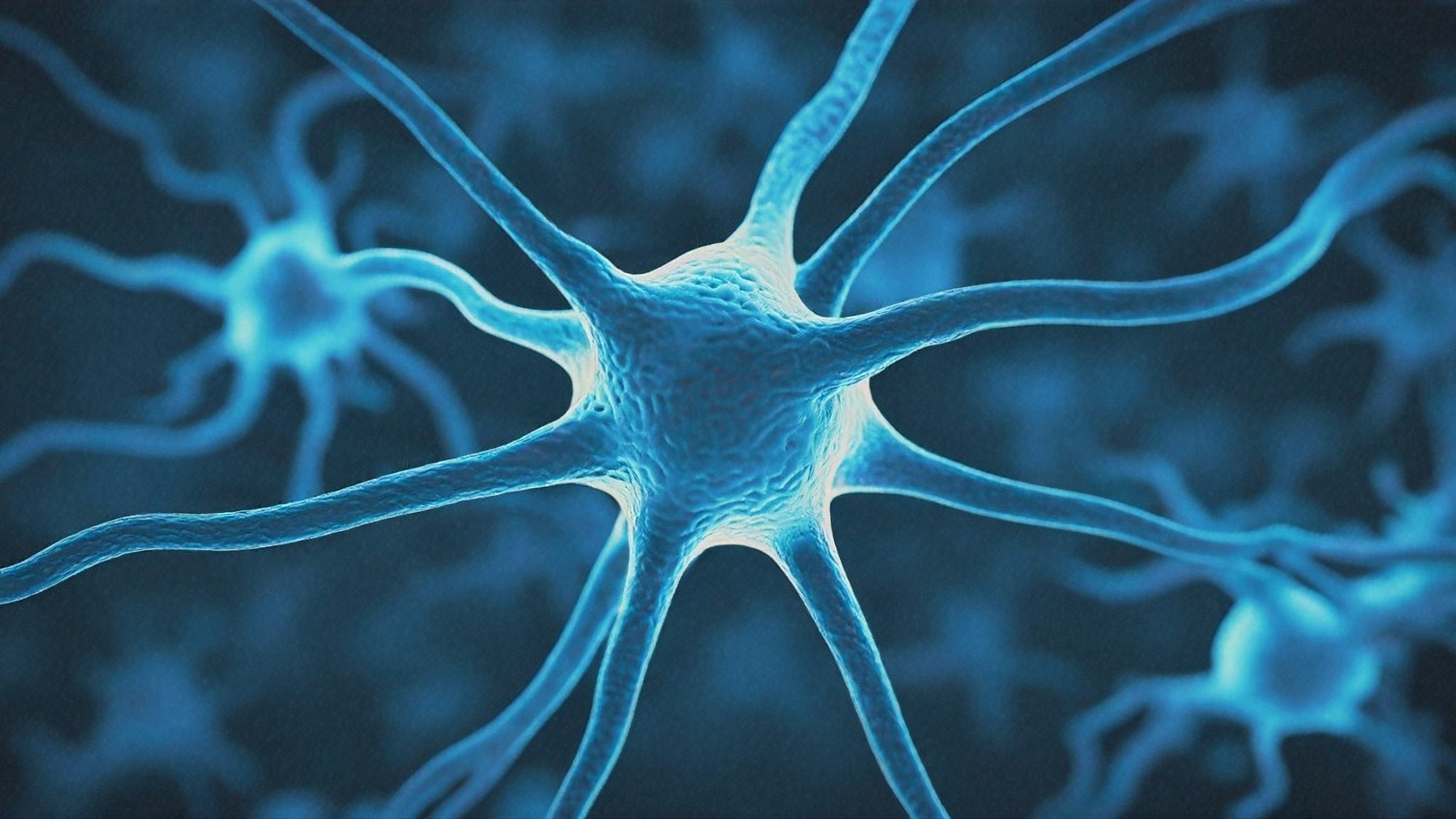Distinct hippocampal neurons influence food preferences and obesity risk by responding to specific nutrients and forming spatial memory of food cues.
 Study: Separate orexigenic hippocampal ensembles shape dietary choice by enhancing contextual memory and motivation. Image Credit: Shutterstock AI / Shutterstock.com
Study: Separate orexigenic hippocampal ensembles shape dietary choice by enhancing contextual memory and motivation. Image Credit: Shutterstock AI / Shutterstock.com
A recent Nature Metabolism study identifies distinct neuronal populations within the dorsal HPC (dHPC) that respond to certain nutrients and influence obesity.
What promotes or inhibits an individual’s desire to eat?
Humans are programmed to acquire sufficient food, which is necessary for survival. One previous study has demonstrated how animals learn to use contextual cues that describe the nutritional value of food. Subsequently, they form episodic memories of the spatial location of cues that could bring them back to the food sources.
A contextual cue is associated with food in such a manner that it could induce a motivational state that amplifies the desire to eat. This conditioning, which is an adaptive behavior known as cue-potentiated eating, can be difficult to manage, especially in the current food environment with readily-available foods rich in fats and sugars. Moreover, associative learning mechanisms that connect food cues with the consumption of calorie-dense diets can increase an individual’s obesity risk.
Brain reactivity to food cues could be an important predictor of body mass index (BMI). Thus, understanding the mechanisms involved in memory formation regarding contextual cues related to fat and sugar intake could play an important role in combating obesity.
The hippocampus (HPC) is a region of that brain that is associated with numerous processes, including episodic memory development linked with autobiographical experiences and their contextual details. A recent study indicated the role of HPC in controlling food intake, which could be attributed to its function in navigational and contextual memory in acquiring food.
Previous studies have also reported that HPC becomes activated after a mixed meal. Furthermore, sensory and visual cues like taste, odors, and texture are associated with meals, along with hormonal release in the guts in response to eating.
Lesioning of the HPC has led to increased food intake and obesity in rats. Comparatively, chemogenetic induction of glutamatergic HPC neurons led to inhibition of food intake for 24 hours. Impaired HPC function can also increase the risk of obesity.
Although the role of HPC in promoting food intake has been confirmed, it remains unclear whether a specific orexigenic population of HPC neurons is involved in this activity.
About the study
The current study hypothesized that fat and sugar might trigger a subset of HPC neurons with orexigenic function. To this end, two groups of both male and female adult mice of different strains were included in the study, of which included C57BL/6J wildtype and Fos Cre tdTomato mice.
Mice were housed singly at 40-60% humidity, 22°C, with ad libitum access to standard rodent chow, a high-sugar (HFHS) diet with 45% calories from fat, or high-fat (HF) diet containing 60% calories from fat. All mice were subjected to experimental conditions including injecting them with 4-hydroxytamoxifen (4-OHT) to activate Cre recombinase, which is driven by an activity-dependent Fos promoter.
Study findings
The current study assessed whether HPC is activated in response to individual nutrients. Fos immunofluorescence, which is a marker for neuronal activity, was estimated in wildtype mice following intragastric (IG) infusion of sugar, equicaloric fat, or isosmotic saline.
IG infusions of sucrose and fat led to a similar density of Fos labeling in the ventral HPC (vHPC), which was enriched in the CA1 region of the HPC. This finding indicates that HPC neurons react to post-ingestive nutrient signals from the gut.
Nutrient-induced dHPC Fos expression was significantly reduced in animals with subdiaphragmatic vagotomy, which suggests the importance of the vagus nerve to relay gut-derived nutrient signals to the dHPC. Both a functional gut-dHPC connection and vagal sensory neurons were essential for transmitting nutrient-specific signals to the hippocampus.
The dHPC constitutes unique glutamatergic neuronal populations that selectively encode post-ingestive fat and sugar signals. This highlights a potential neural basis for macronutrient-specific choice.
Ablation of dHPCFat neurons led to lower fat consumption than in control mice. Although sugar intake was not impacted by ablation of dHPCFat neurons, a reduction in the number of licks for fat was observed, thus suggesting the role of these neurons in determining both choice and intake of fat.
Furthermore, dHPC neurons were attuned to specific macronutrients to promote a highly refined feeding decision. The study findings also indicate that dHPC neurons regulate nutrient-specific spatial memory.
The loss of nutrient-responsive dHPC neurons, which were associated with food with no impact on contextual memory, affected contextual memory of nutrient location. Both fat- and sugar-responsive dHPC neurons were crucial for episodic spatial reference memory for the location of individual nutrients.
Conclusions
Taken together, these findings demonstrate that both fat- and sugar-responsive dHPC neurons are orexigenic and, as a result, lead to increased intake of obesogenic diets. Thus, future studies can exploit this mechanism to combat obesity.
Journal reference:
- Yang, M., Singh, A., de Araujo, A., et al. (2025) Separate orexigenic hippocampal ensembles shape dietary choice by enhancing contextual memory and motivation. Nature Metabolism. 1-21. doi:10.1038/s42255-024-01194-6.